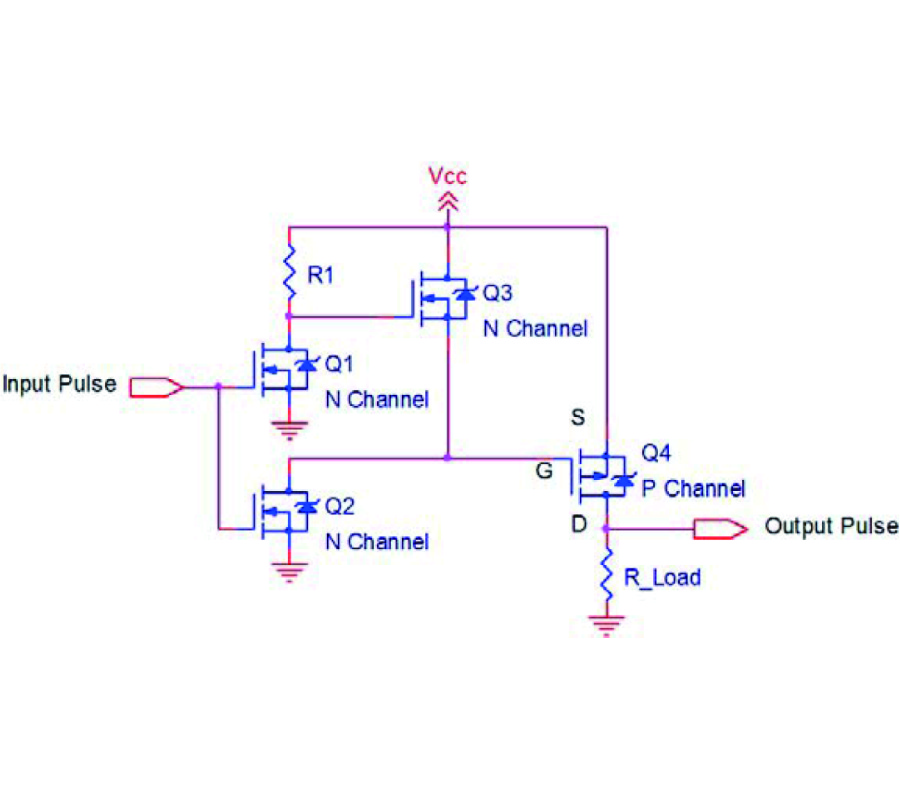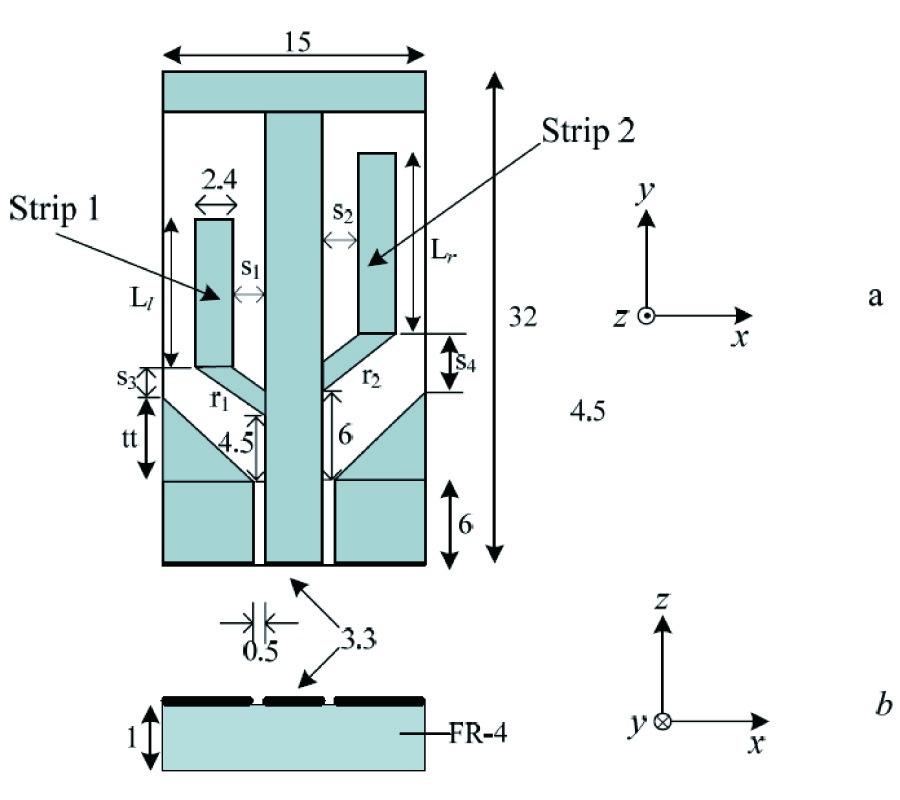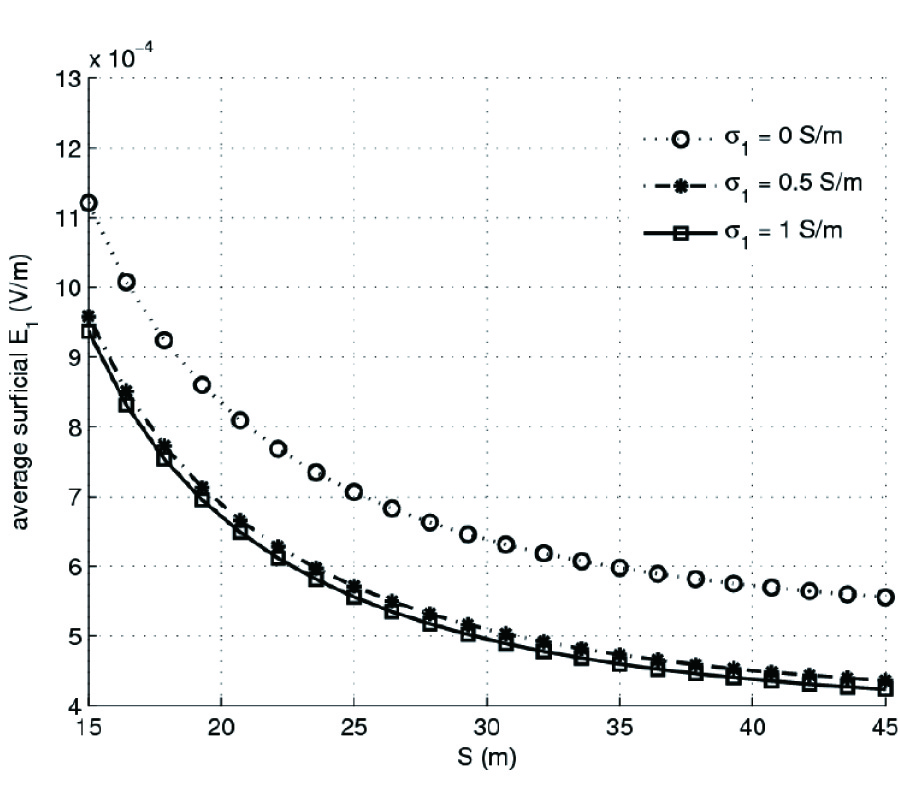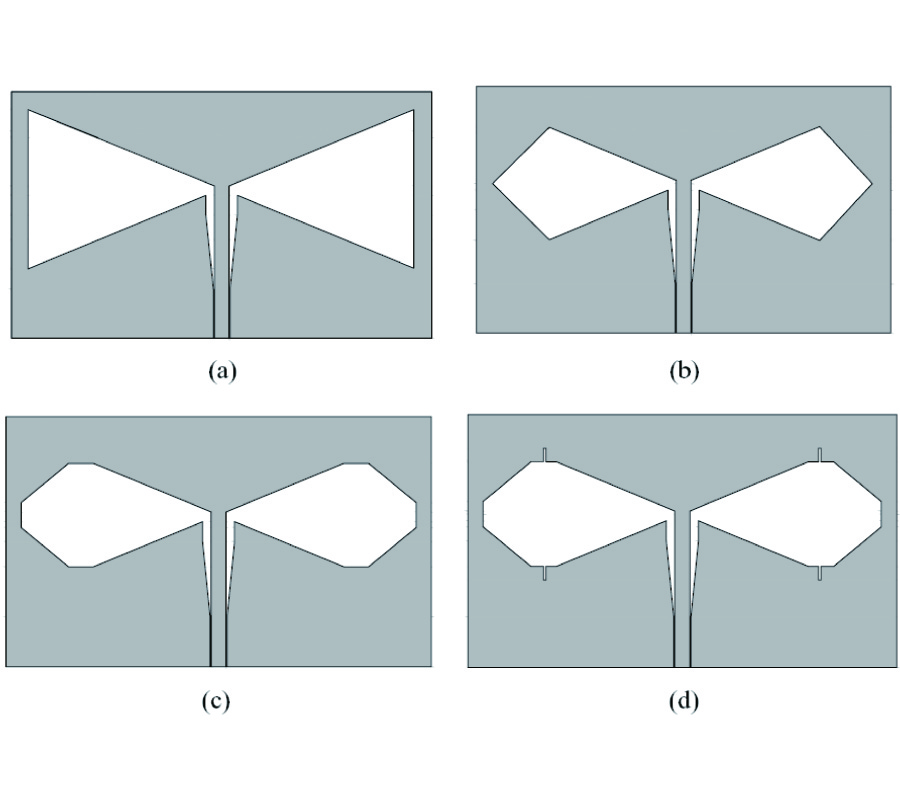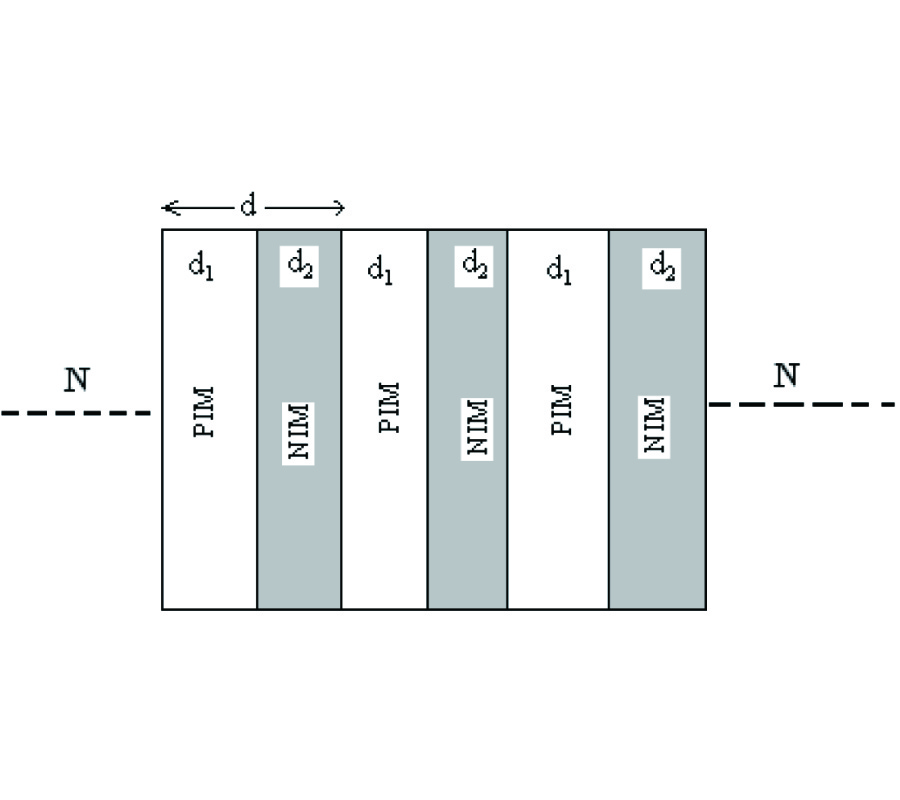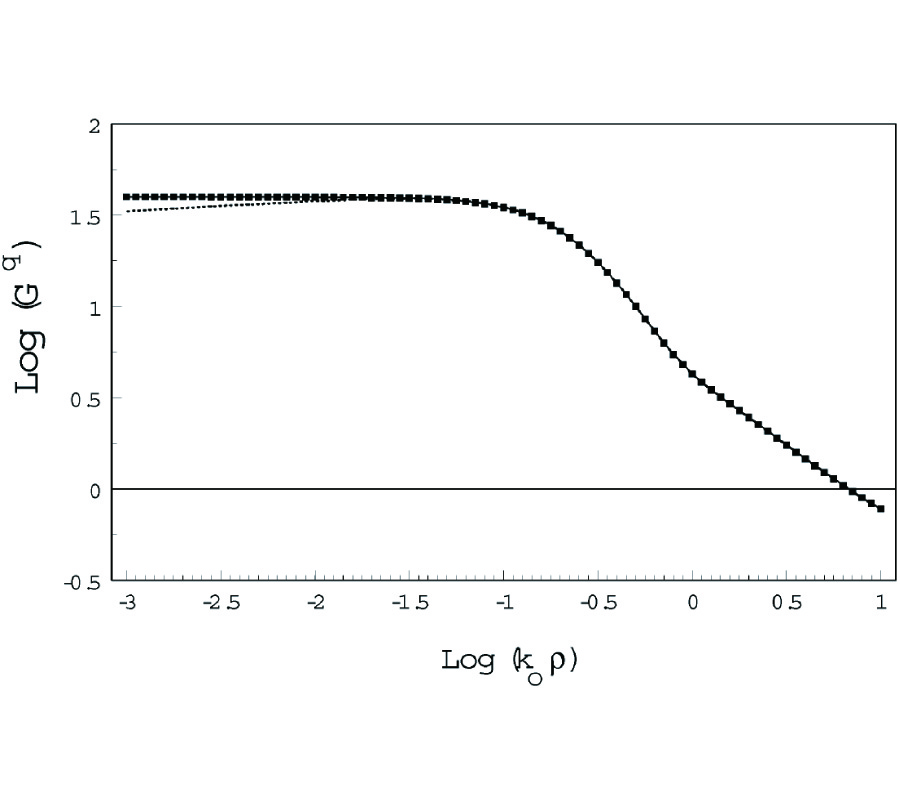Wavelet-Based Moment Method and Wavelet-Based Moment Method and Physical Optics Use on Large Reflector Antennas
Mohamed Lashab
,
Chemseddine Zebiri
and
Fatiha Benabdelaziz
With the recent advent on communication and satellite industry, there is a great need for efficient Reflector antennas systems, therefore more powerful techniques are requested for analysis and design of new reflector antennas in a quick and accurate manner. This work aim first to introduce wavelet-based moment method in 3D, as a recent and powerful numerical technique, which can be applied on a large reflector antennas, also the physical optics (PO) analysis technique is well known among the designers as an asymptotic method quick and powerful, ideally to predict far field and near field pattern, may be combined with the wavelet-based moment method therefore computing time and memory space can be saved, in this issue knowing the limit of use of this asymptotic technique is worth well.



